Ever bought a robot vacuum on sale while traveling, or thought about bringing yours along to keep an Airbnb clean during a long stay? You may be moving cross-country and want to avoid shipping delays. Whatever the reason, the question comes up: Can you actually bring a robot vacuum on a plane?
The short answer: yes, but there are rules. Because robot vacuums use lithium-ion batteries, there are specific requirements you'll need to follow. This guide breaks down those rules and provides you with step-by-step tips so you can safely navigate your robot vacuum to its destination, without the stress of airport travel.

Can You Take a Robot Vacuum On a Plane?
Yes, you can. The Transportation Security Administration (TSA) clearly allows you to take a robot vacuum on a plane. You can bring it in either your carry-on or your checked bag.
The most important thing to pay attention to is how you pack your robot vacuum and its parts. While the TSA sets the main rules, individual airlines also have their own policies to keep flights safe, and the final decision at the security checkpoint is always up to the TSA officer.
How to Bring a Robot Vacuum On a Plane
To travel with your robot vacuum, you must follow a few key steps. These steps will help you comply with safety rules and protect your vacuum from getting damaged.
1. Always Check Your Airline's Rules
Before you pack, check your airline's rules. You can find them on the airline's website, usually under "Restricted Items" or "What Can I Bring?". This will tell you exactly what that airline allows, so you won't have any surprises at the airport.
2. Get Familiar with the Current Rules for Robot Vacuums
As of 2025, the FAA created guidelines to prevent a battery from overheating and causing a fire, and they are designed to help keep everyone safe.
Here's what you need to know:
- Batteries Under 100Wh: These are permitted on the plane without needing approval from the airline. You can leave the battery inside your vacuum in a checked bag, but any spare batteries must be in your carry-on.
- Batteries Between 101-160Wh: These are permitted with airline approval.
- Batteries Over 160Wh: These are not allowed on passenger planes.
3. Check the Battery
Getting your robot vacuum ready for a flight is all about the battery. Most of these vacuums run on lithium-ion batteries.
First, you need to find out your battery's power, which is measured in Watt-hours (Wh). This is usually printed on the battery. If you can't find it, you can figure it out with this calculation:
Volts (V) x Amp-hours (Ah) = Watt-hours (Wh)
(If you only see mAh, just divide that number by 1,000 to get the Ah.)
Most robot vacuum batteries are well under the 100Wh limit.
4. How to Remove the Battery
To follow these rules, you may need to remove the battery from your vacuum. Here's how to do it:
- Turn the Vacuum Off: Make sure the robot vacuum is completely powered off.
- Flip the Vacuum Over: Place it upside down on a soft surface, like a rug or towel.
- Open the Battery Cover: Look for a small panel held on with a couple of screws. Use a small screwdriver to open it.
- Unplug and Remove: The battery is connected with a small plastic clip. Gently unplug it and lift the battery out.
Pro-Tip: Once the battery is out, cover the metal connectors with a piece of tape. This prevents them from touching anything metal, which keeps the vacuum safe.

5. Pack the Vacuum Unit Safely
You'll want to pack your robot vacuum well to protect its sensitive parts.
- Use a Fireproof Bag: For extra safety, you can put the battery in a fireproof bag. These bags are made to stop a fire from spreading.
- Protect the Charging Contacts: The metal parts on the bottom of the vacuum can get scratched. To protect them, just cover them with a small piece of tape before you pack.
- Secure Loose Parts: Make sure you secure any parts that can come off, like brushes or the dustbin, so they don't break during the trip.
- Use the Original Box: The box it came in is the best and safest way to pack it.
- Wrap It Up: If you don't have the box, wrap the vacuum in soft things like clothes or towels. Try to place it in the middle of your suitcase so it's cushioned.
- Mark Your Luggage: If you check your bag, put a "Fragile" label on it. This will remind handlers to be careful.
Important: For safety, you should do two things before you pack. First, make sure the vacuum is completely turned off to prevent it from turning on by accident. Second, keep the battery charge low, under 30%.

Robot Vacuum in Carry-on or Checked Baggage?
You can put your robot vacuum in your carry-on or checked bag. However, for safety and protection, we recommend putting the vacuum unit in a checked bag and the battery in your carry-on.
Carry-On Luggage
- Good Part: You keep the vacuum with you, so it can't get lost or broken by baggage handlers.
- Bad Part: A robot vacuum is big. It will take up almost all the space in your carry-on bag, with no room for much else.
Checked Luggage
- Good Part: It's much easier. You don't have to carry it through the airport, and you'll have plenty of space in your carry-on.
- Bad Part: Checked bags can get tossed around. If you don't pack it well, your vacuum could get damaged.
Ship Your Robot Vacuum, or Take It on a Plane?
If you don't want to pack your robot vacuum, you can always ship it instead. Here's a quick comparison to help you decide.
| Factor | Taking It on a Plane | Shipping It |
|---|---|---|
| Cost | The price of a checked bag is usually $35-$40 on flights in the US. | Usually between $25-$50* for ground shipping in the US, depending on how far it's going. |
| Convenience | You get it as soon as you land, but you have to deal with packing and carrying it. | You just drop it off to be shipped, but you'll have to wait a few days for it to arrive. |
| Risk | Medium. Bags can be handled roughly, but good packing helps a lot. | Low to medium. You can also buy insurance in case it gets lost or damaged. |
*The $25-$50 cost is a realistic estimate based on what major US shipping carriers like USPS, UPS, and FedEx typically charge for ground shipping.
Both flying with your robot vacuum and shipping it have good points and bad points. Choose based on your needs.
Cost
The prices are very similar. A checked bag usually costs $35-$40, and ground shipping is often in that same range.
Convenience
If you fly with it, you can get it right upon your arrival. But you have to deal with the packing and unpacking yourself. And sometimes carrying it through the airport can be a trouble.
Shipping is easier because you just pack it once, pay, and wait for the deliveryman to deliver it to your door. But you have to wait for days for it to arrive.
Risk of Damage
If your robot vacuum is in checked luggage, it can be handled roughly and easily broken if your packing is solid enough for protection.
But shipping companies are usually more careful, and you can always buy insurance to protect your item.
The Verdict
If you need your vacuum right off the plane, take it with you. But if you want a simpler and easier trip, and can wait for the delivery, shipping is a better choice.
Conclusion
It's perfectly fine to take your robot vacuum on a plane. Just remember to check your airline's rules, pack it well, and handle the battery correctly. By following these tips, you can be sure your cleaning helper gets to your destination safe and sound.
Looking for a smart and powerful cleaning solution? Explore Dreame's collection of innovative robot vacuums.
FAQs about Robot Vacuums on a Plane
Q1. Can I bring the big charging dock or base station on the plane?
Yes. The charging station has no batteries or dangerous items, so you can bring it. It's best to put it as a checked bag.
Q2. Are the rules different for flights to other countries?
The rules for batteries are pretty much the same everywhere in the world. Still, it's a smart idea to double-check the rules for the country you are flying to and the airline you are using.
Q3. What if my robot vacuum's battery is over 160Wh?
This is very rare for a robot vacuum. If your battery is this powerful, you cannot take it on a passenger plane. You would have to send it using a special shipping service that handles dangerous goods.
Q4. Do I have to tell the TSA agents that I have a robot vacuum?
No, you don't. But if you pack it in your carry-on, you will have to take it out of your bag and put it in a separate bin to go through the X-ray scanner, just like you do with a laptop.
Q5. Can I bring the cleaning solution for my robot mop?
Yes. If you put it in your carry-on, the bottle must be 3.4 ounces (100 ml) or smaller. If the bottle is bigger than that, you have to pack it in your checked bag.
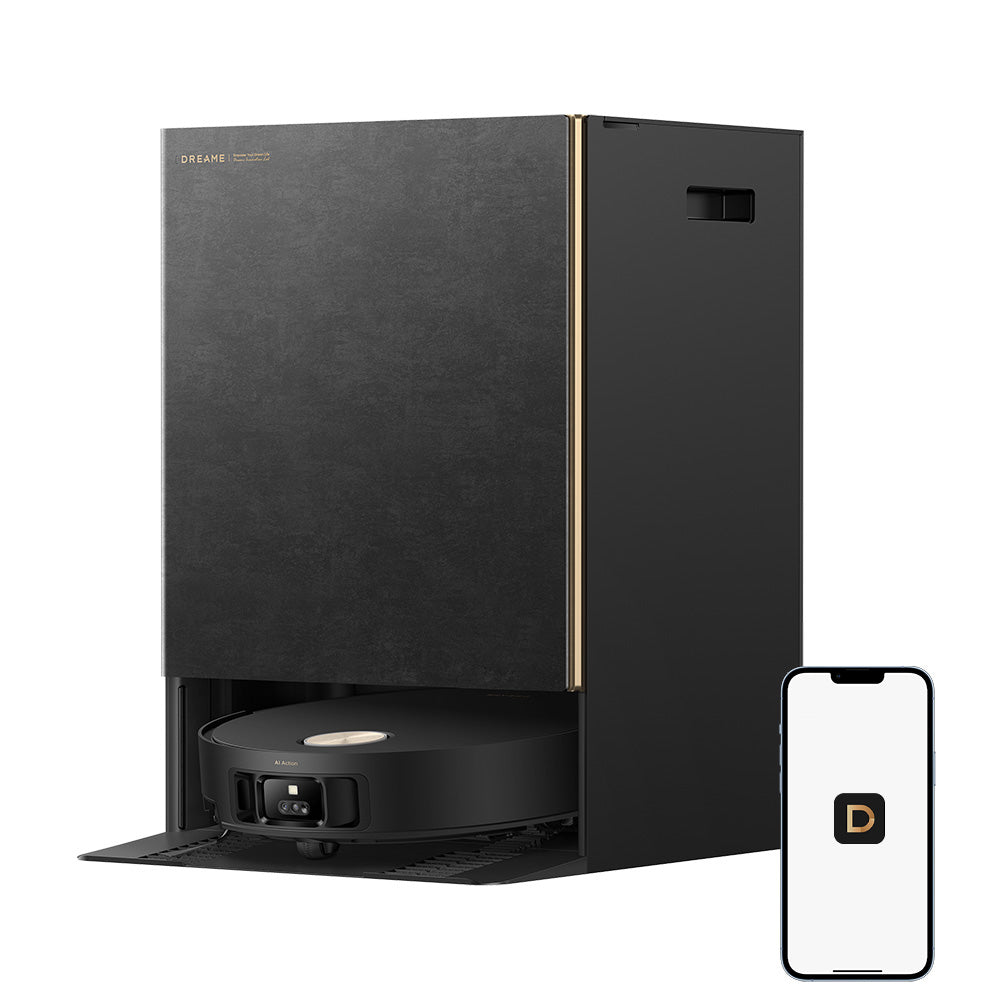
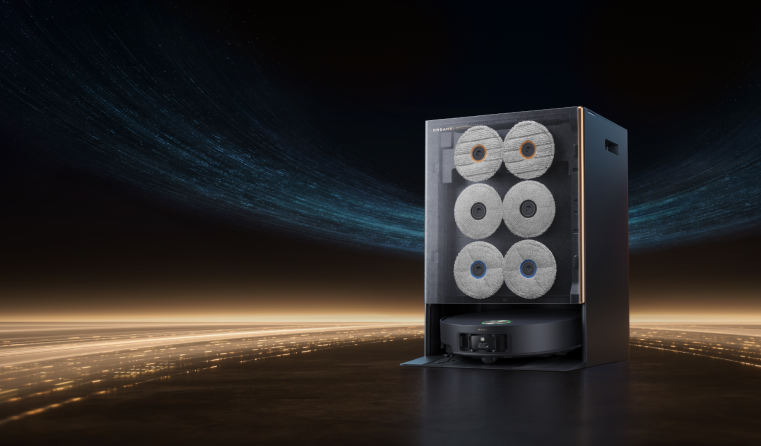
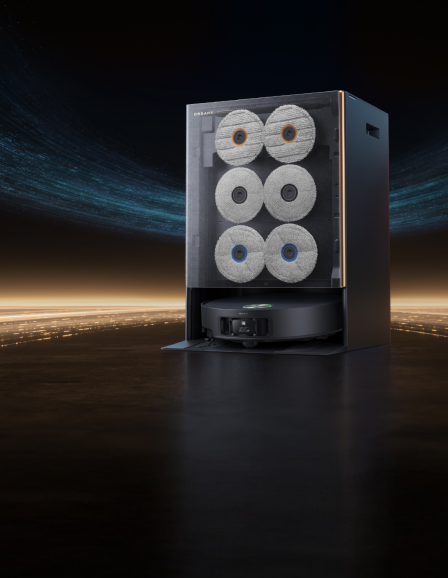
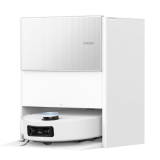
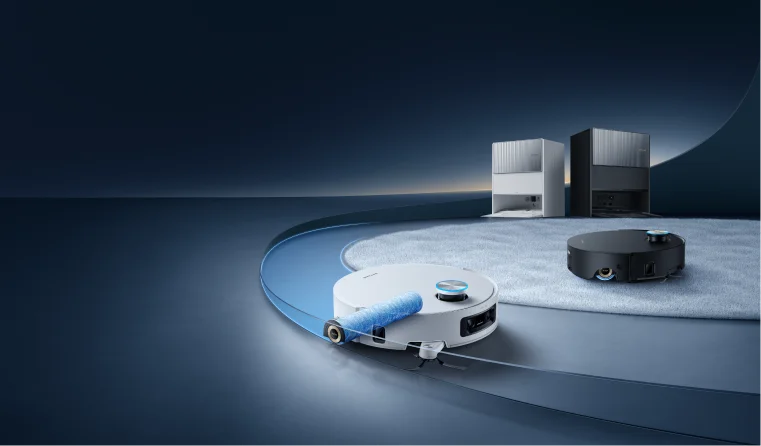
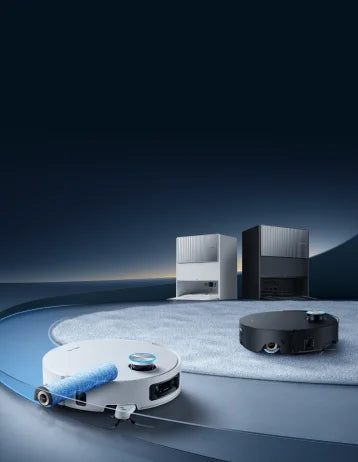
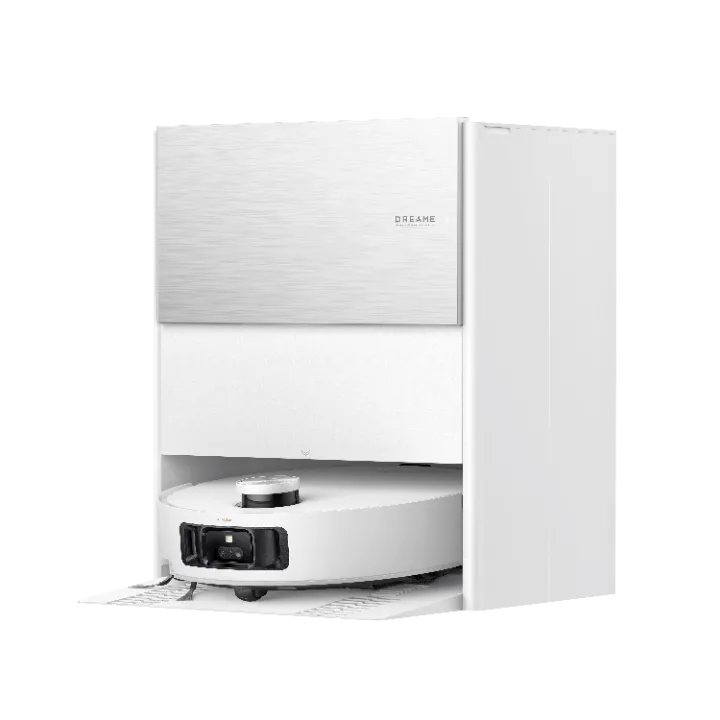
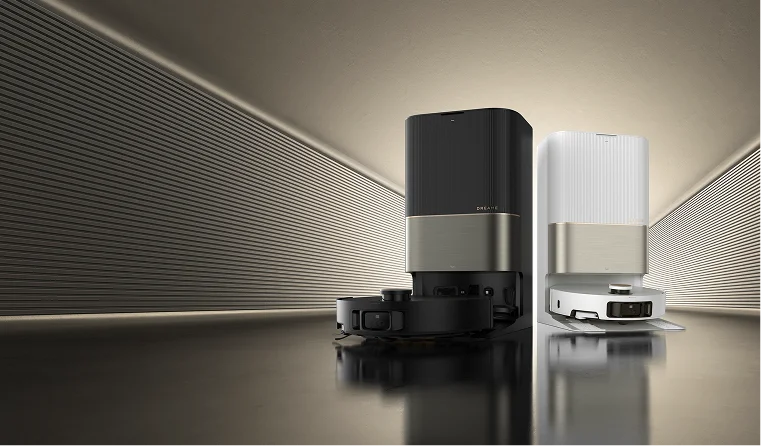
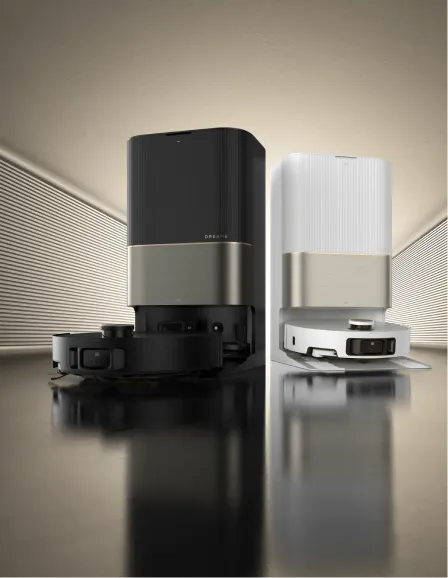
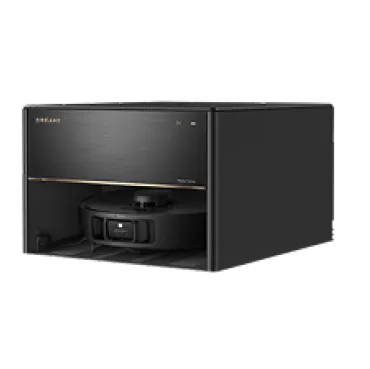
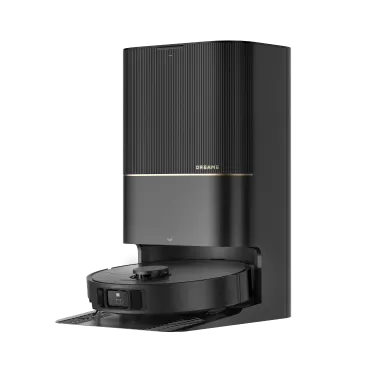
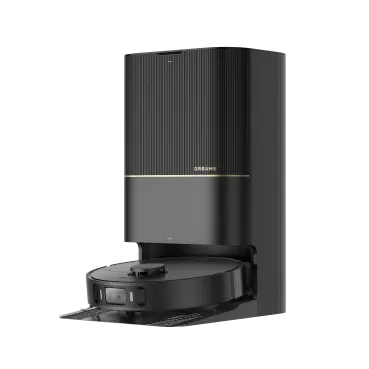
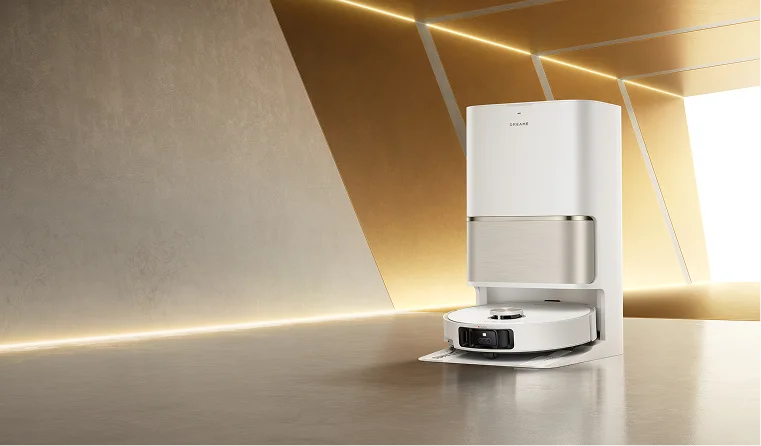
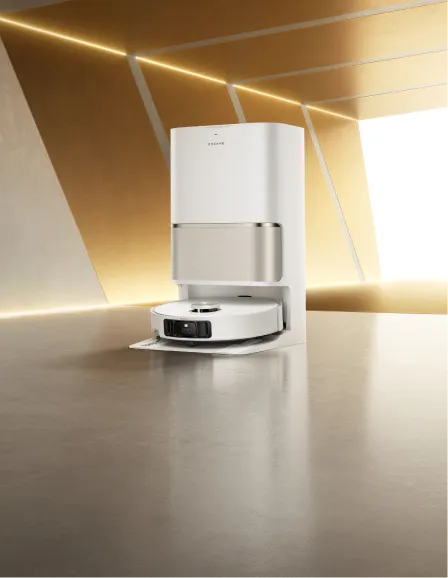
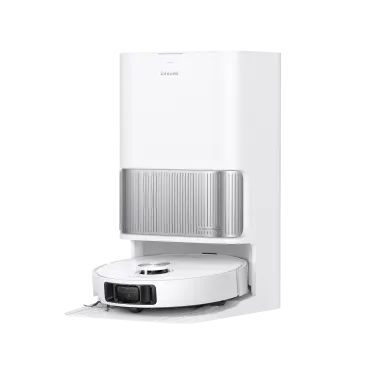
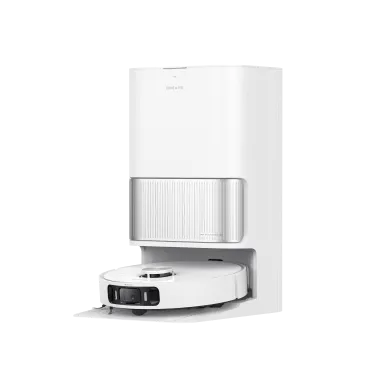
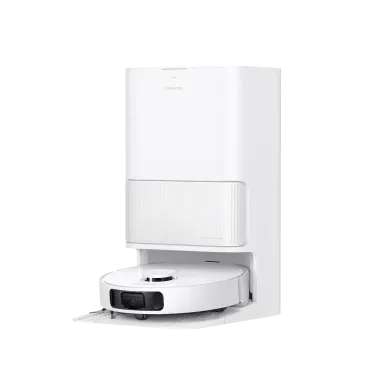
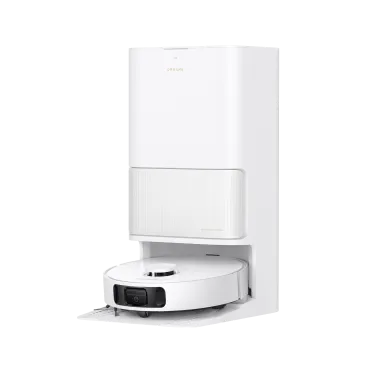
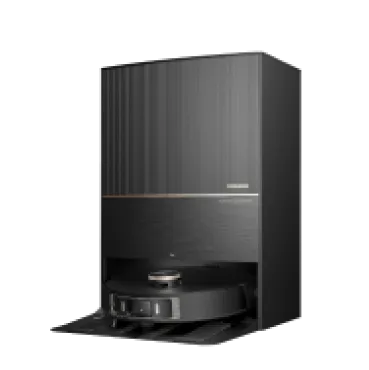
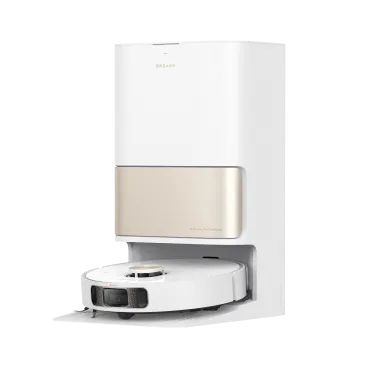
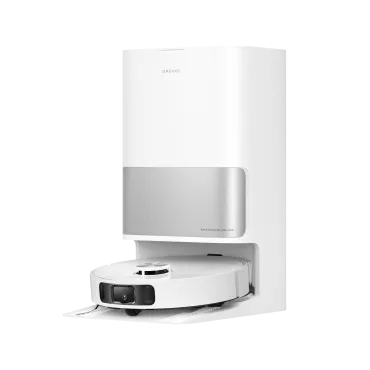
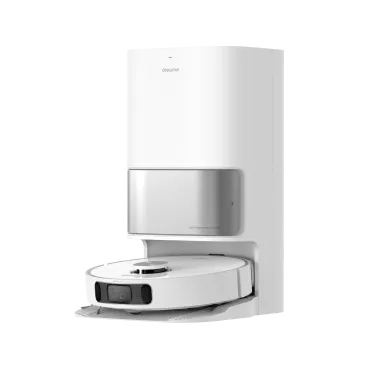
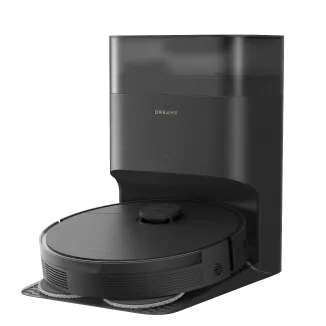
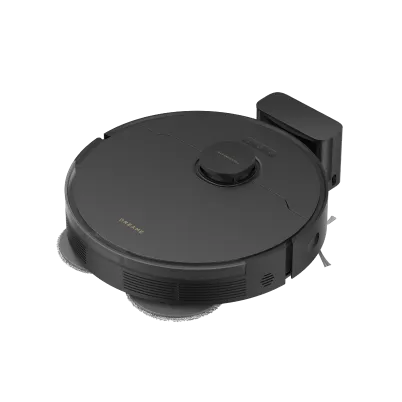
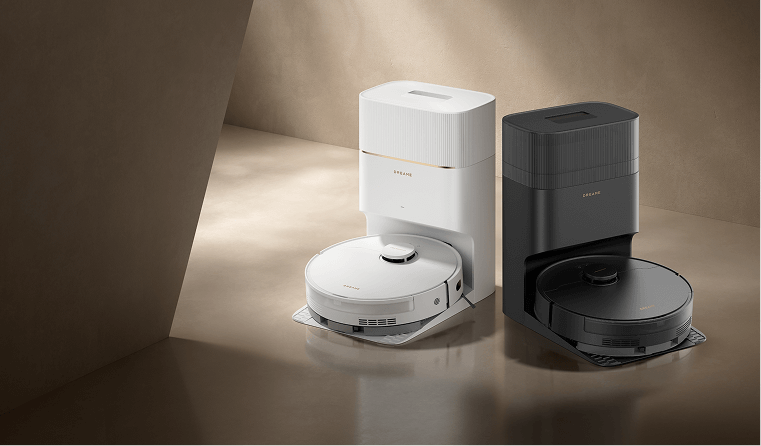
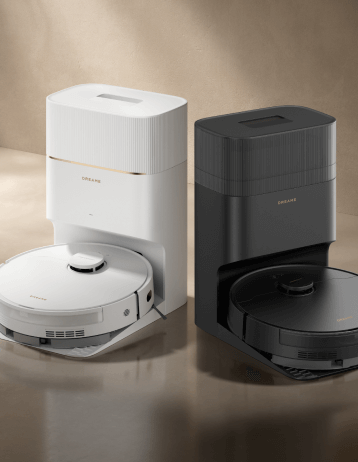
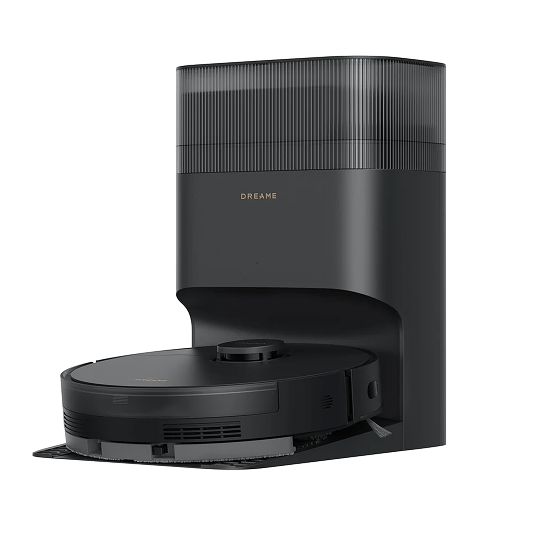
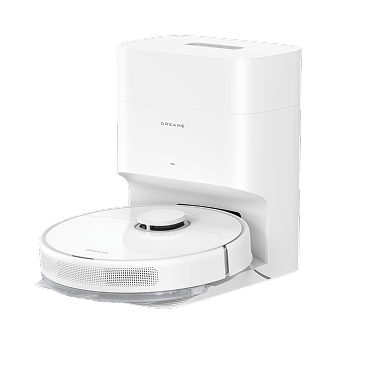
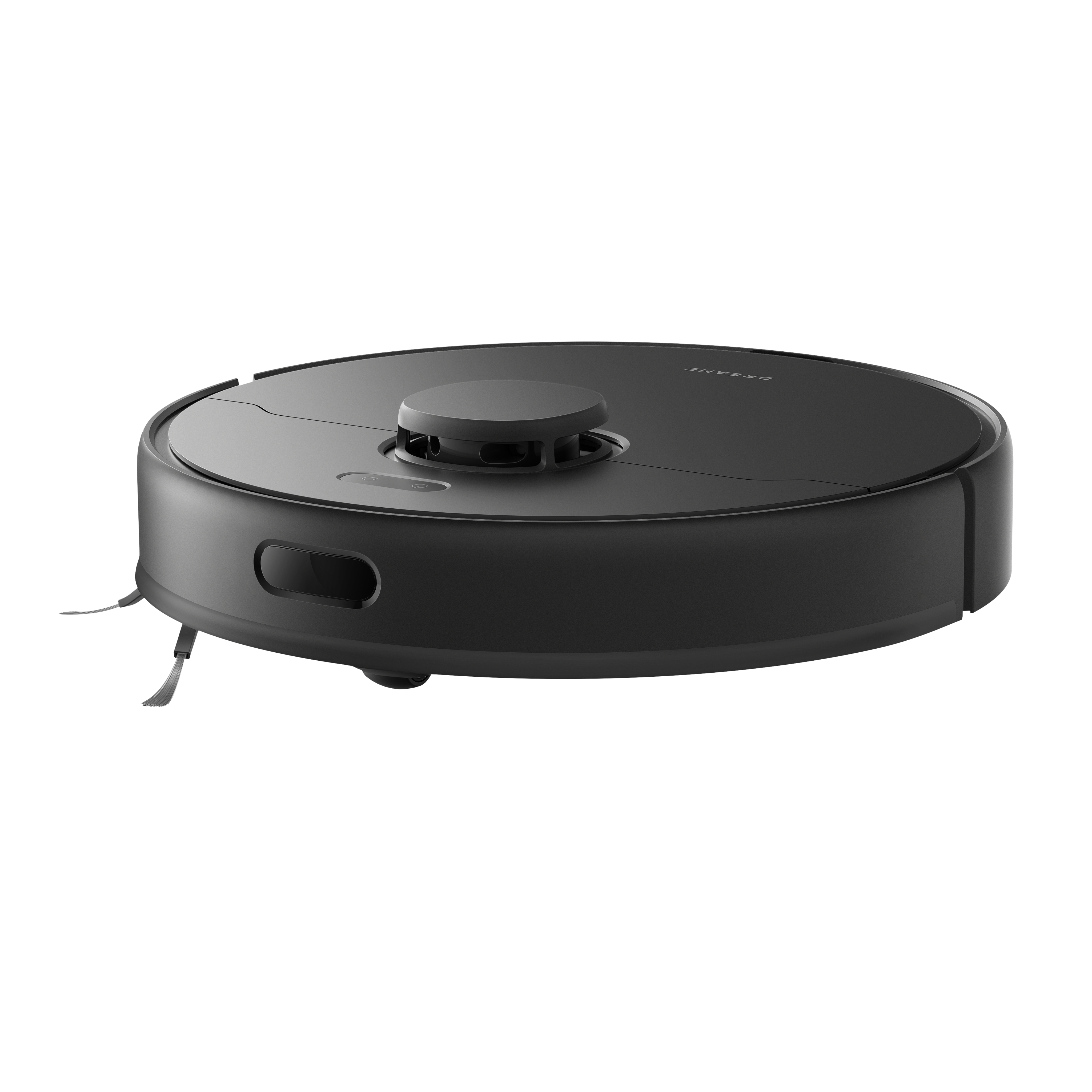
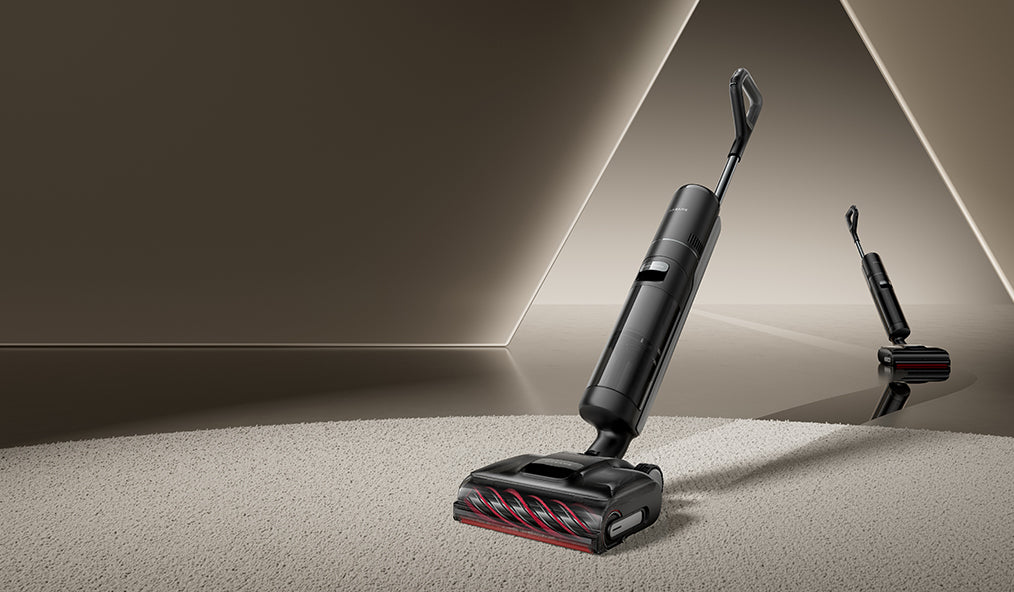
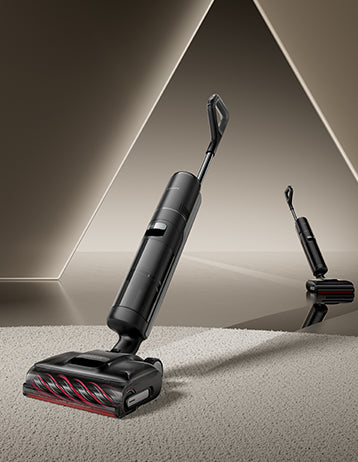
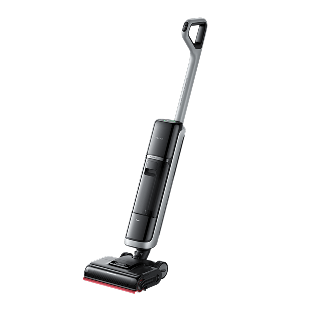
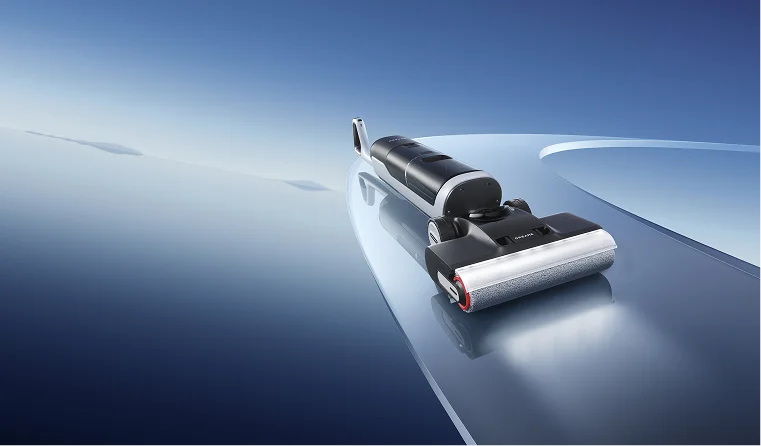
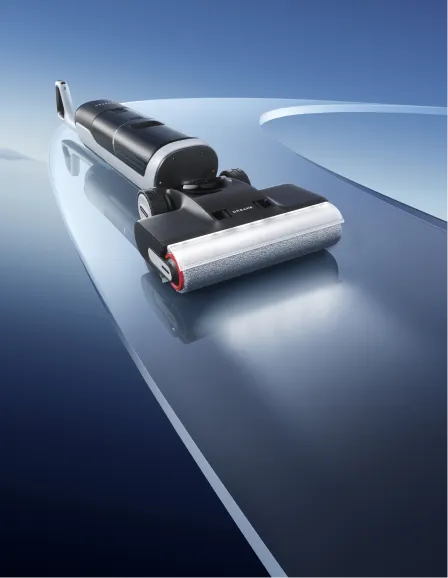
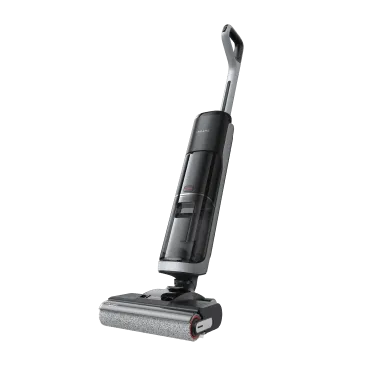
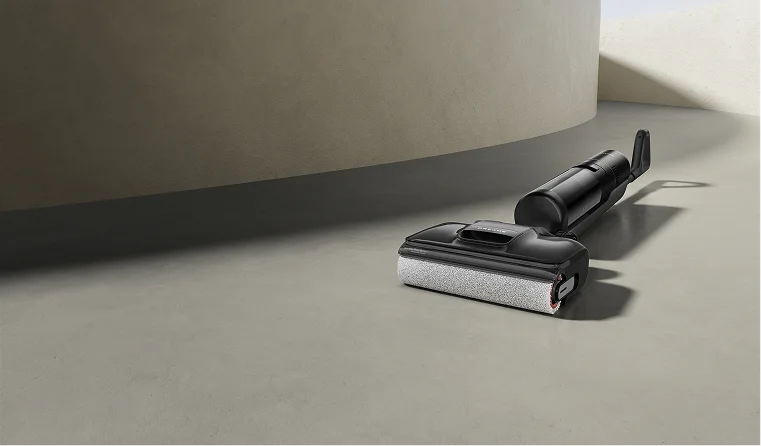
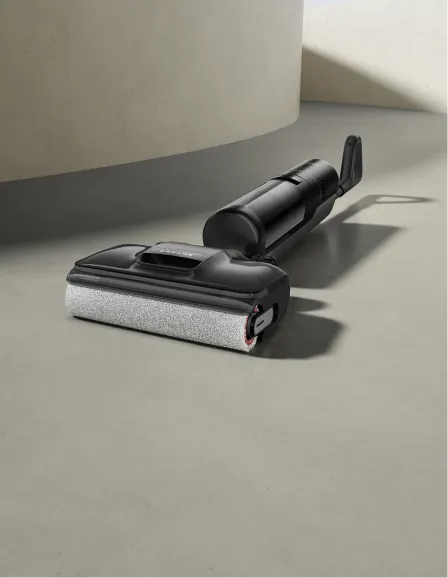
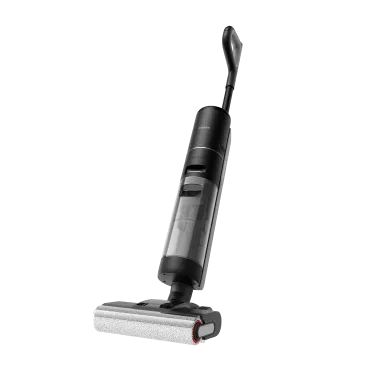
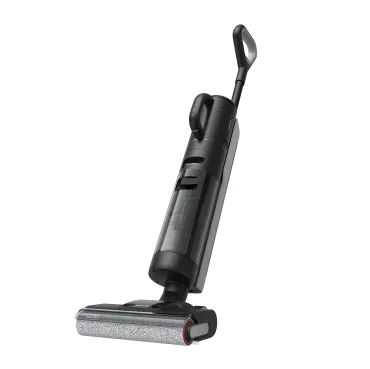
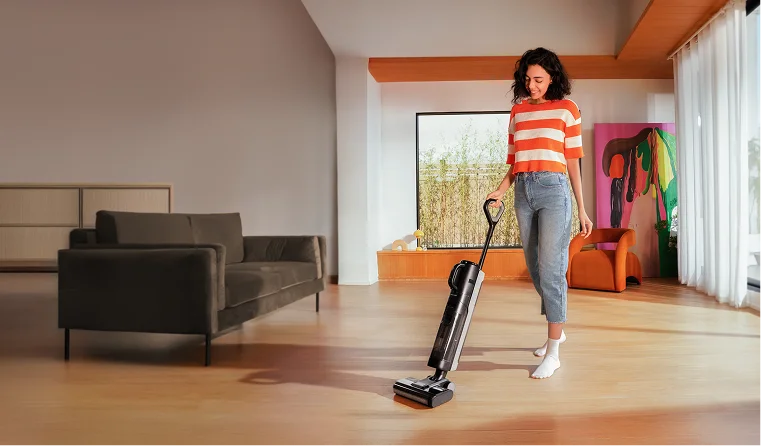
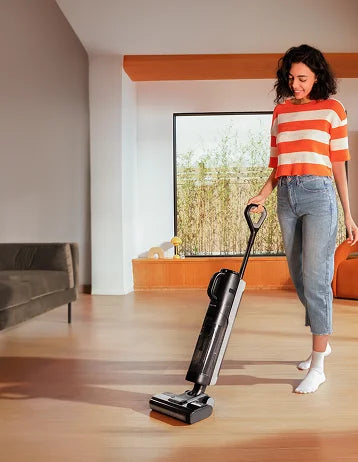
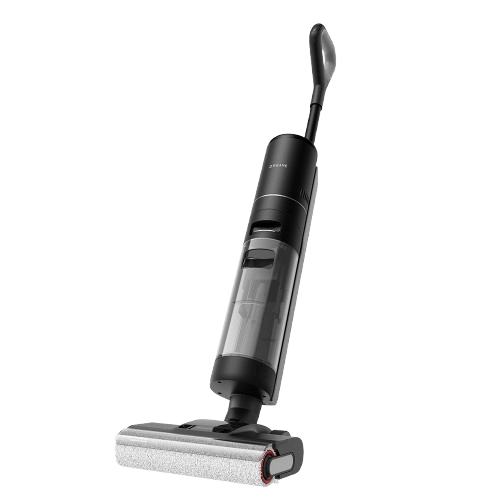
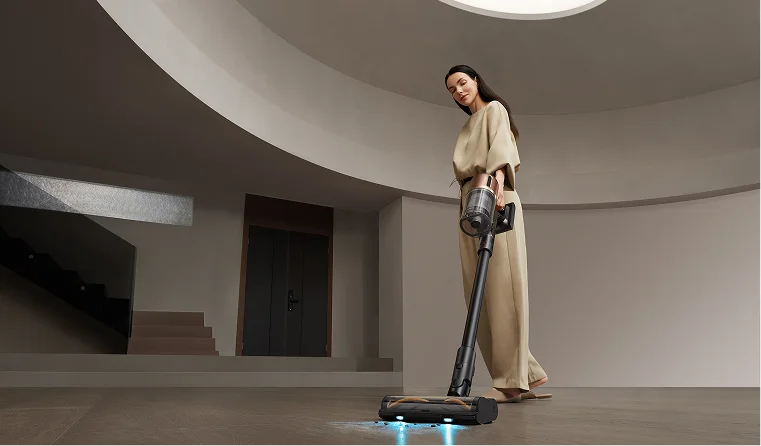
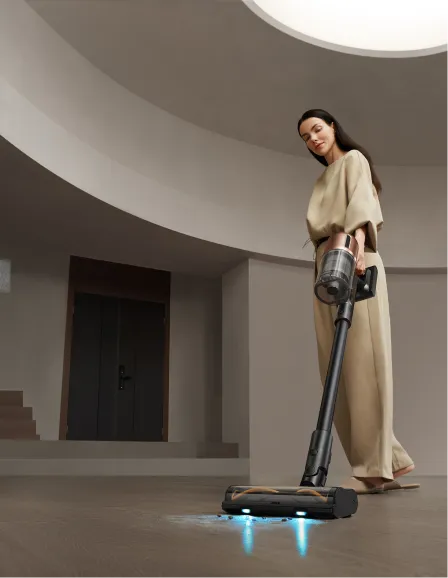
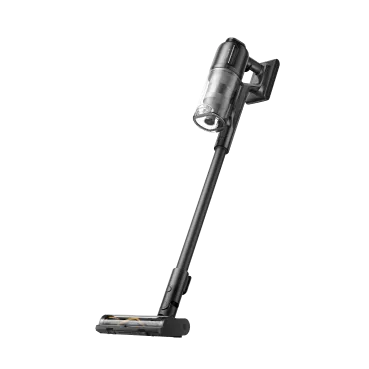
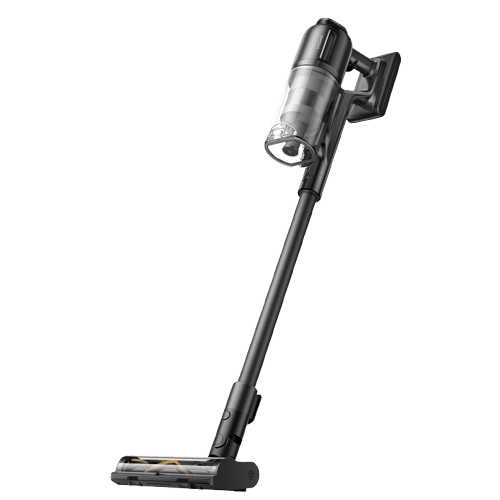
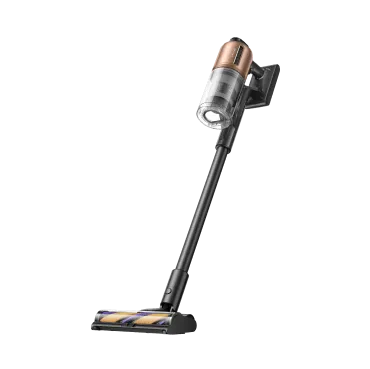
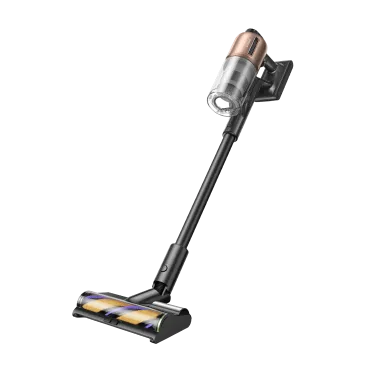
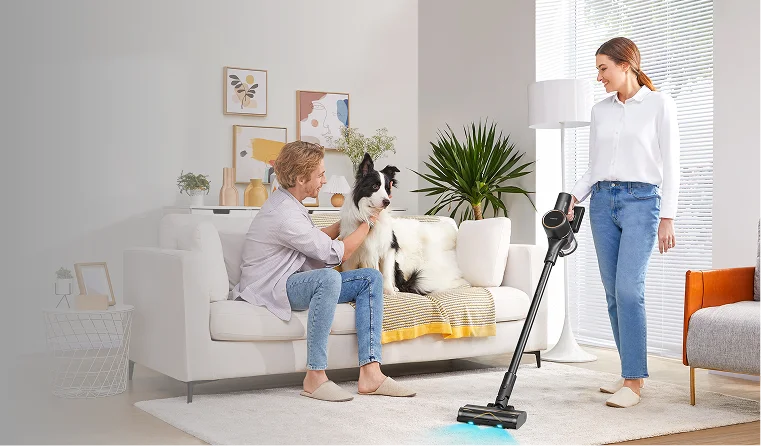
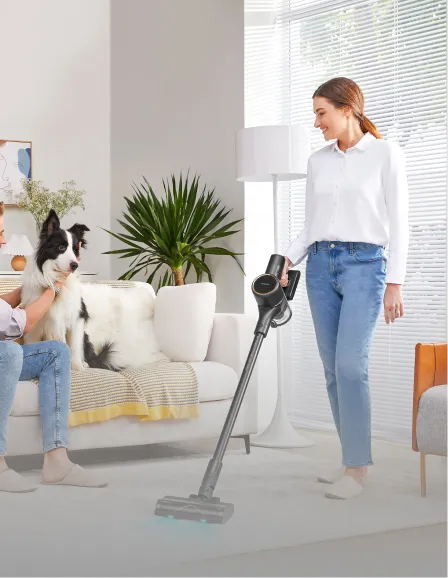
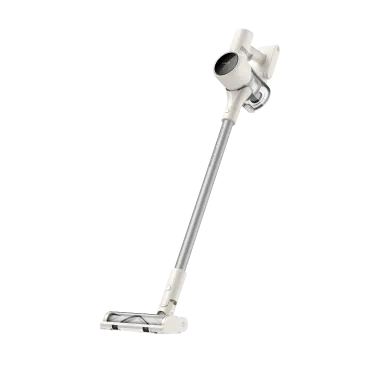
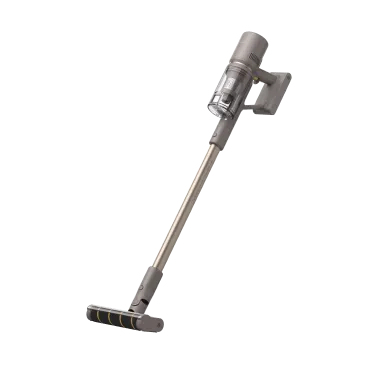
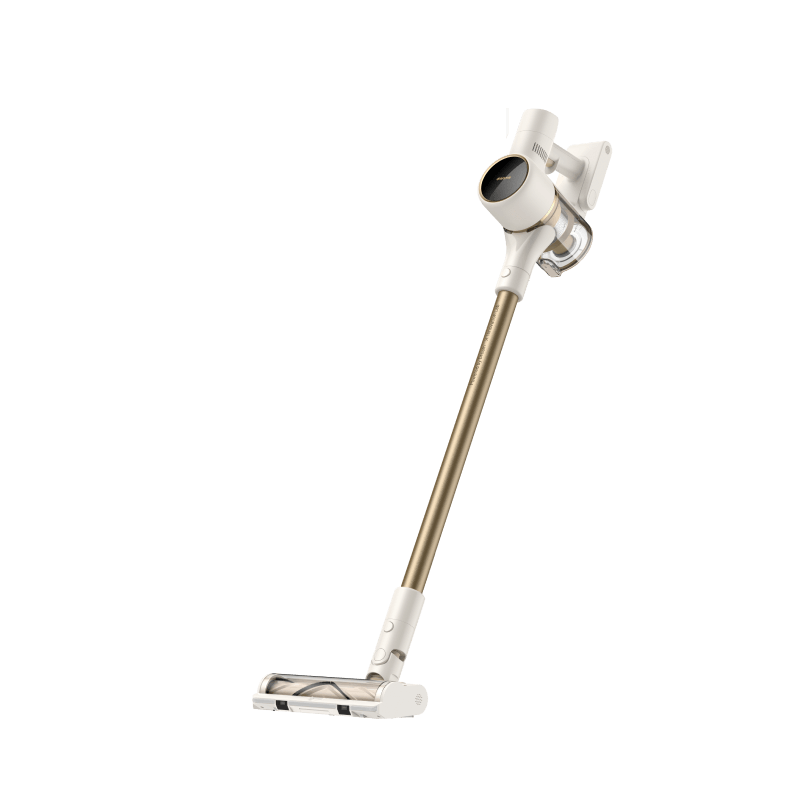
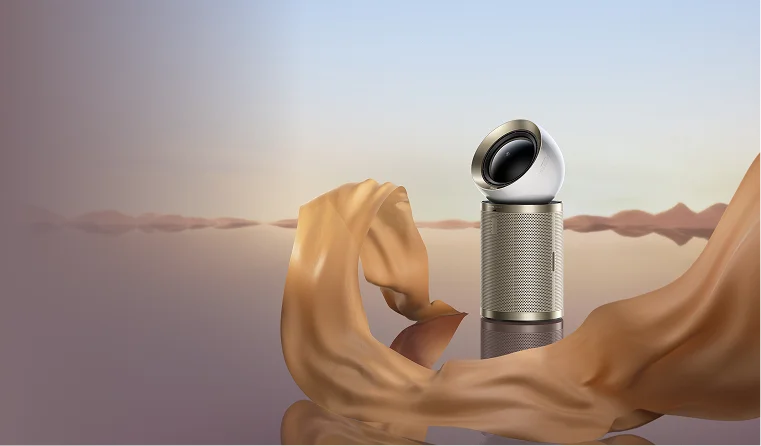
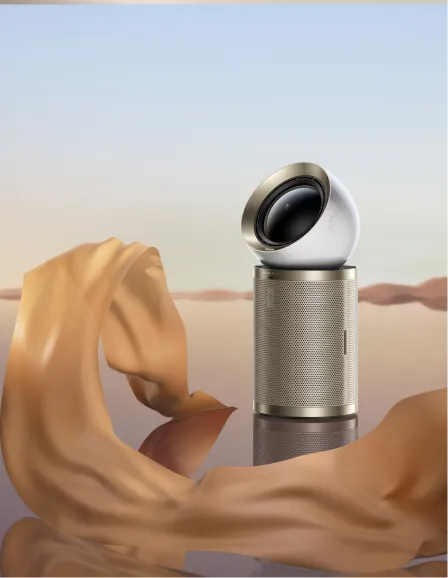
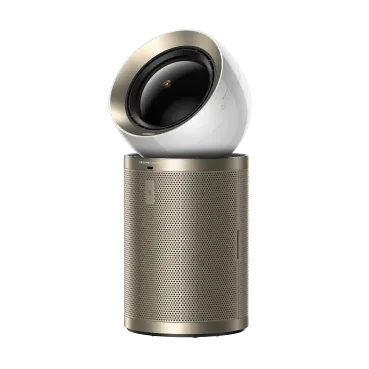
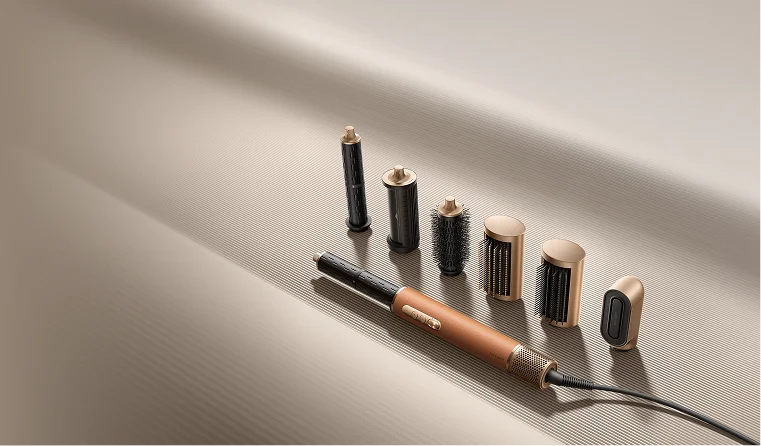
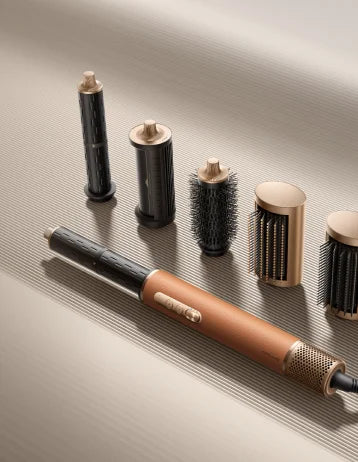
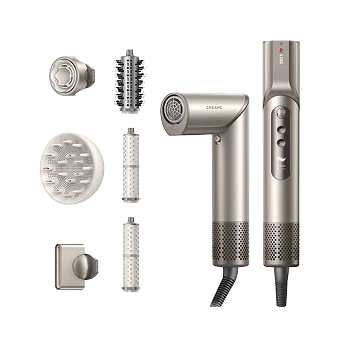


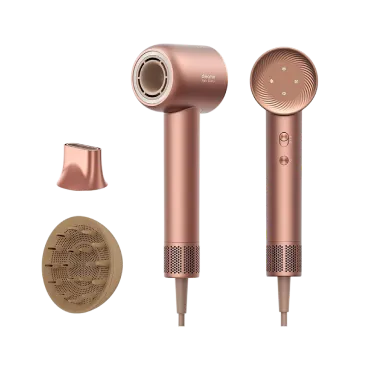
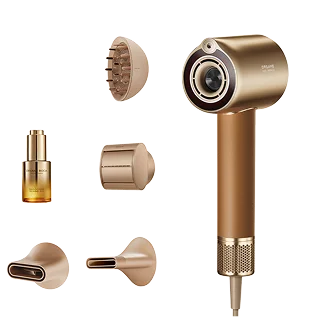
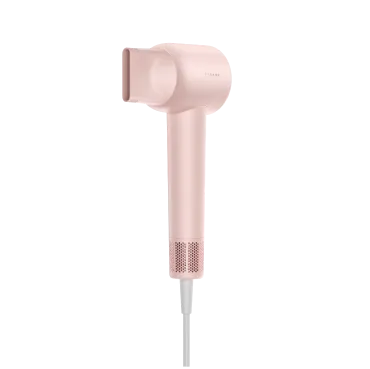


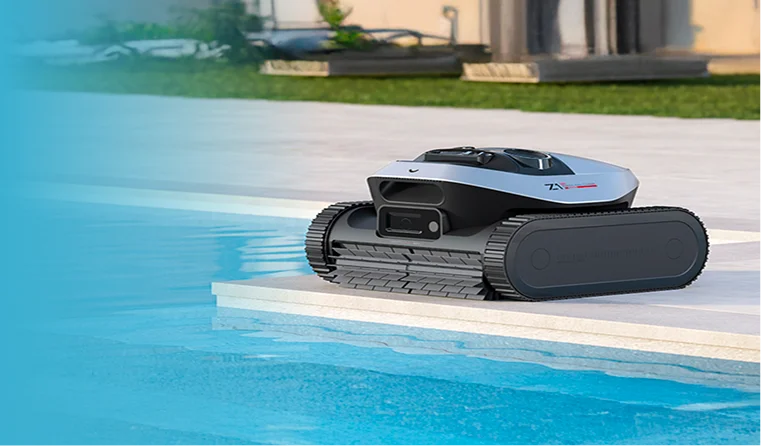
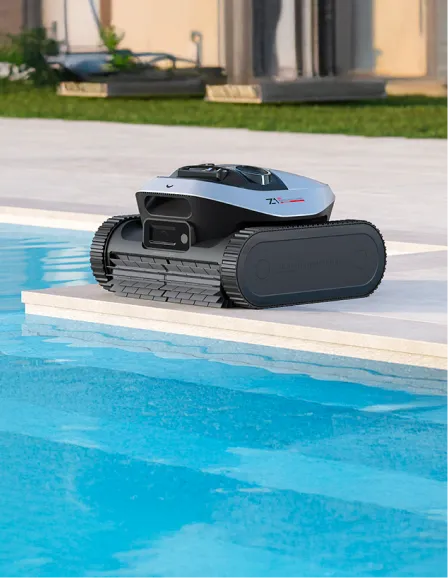
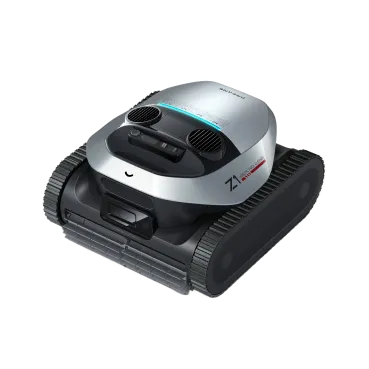
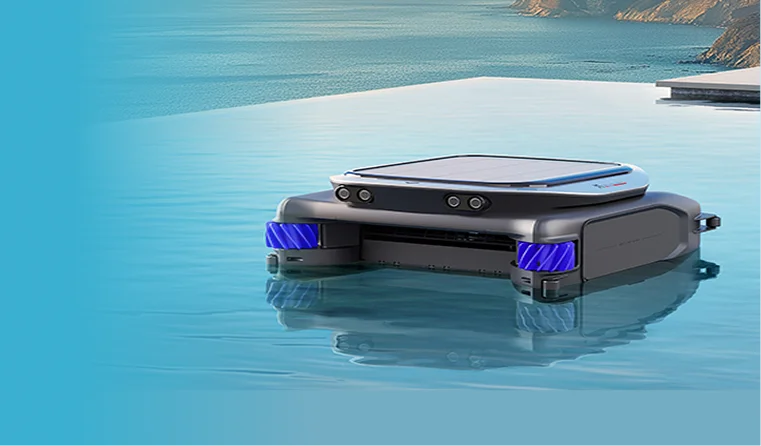
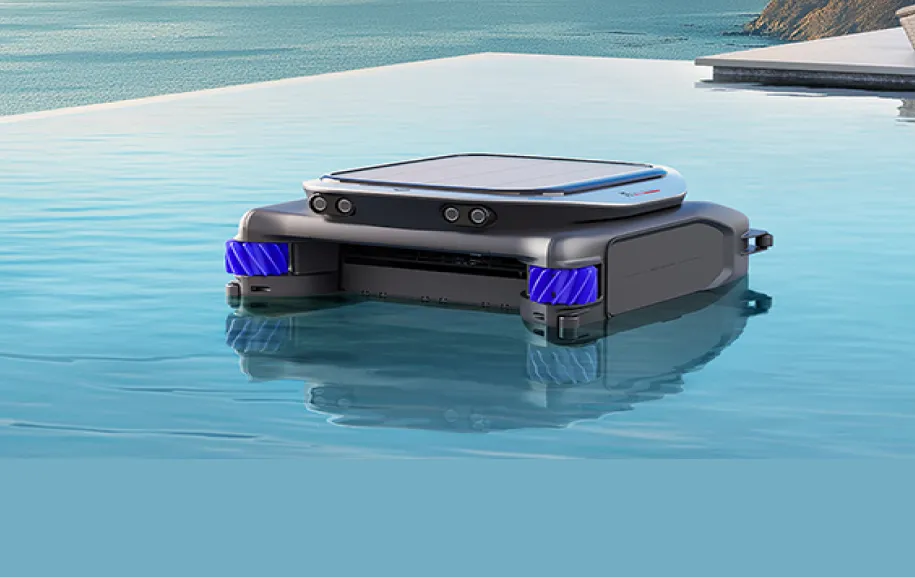










 Australia
Australia 中国大陆
中国大陆 日本
日本


 Türkiye
Türkiye


 Italia
Italia
 Netherlands
Netherlands Belgium
Belgium
 Greece
Greece Polska
Polska
 Norway
Norway
 Sweden
Sweden
 Finland
Finland
 Denmark
Denmark
 Hungary
Hungary Czechia
Czechia
 Slovenia
Slovenia
 Croatia
Croatia
 Switzerland
Switzerland United Kingdom
United Kingdom
 Canada
Canada

